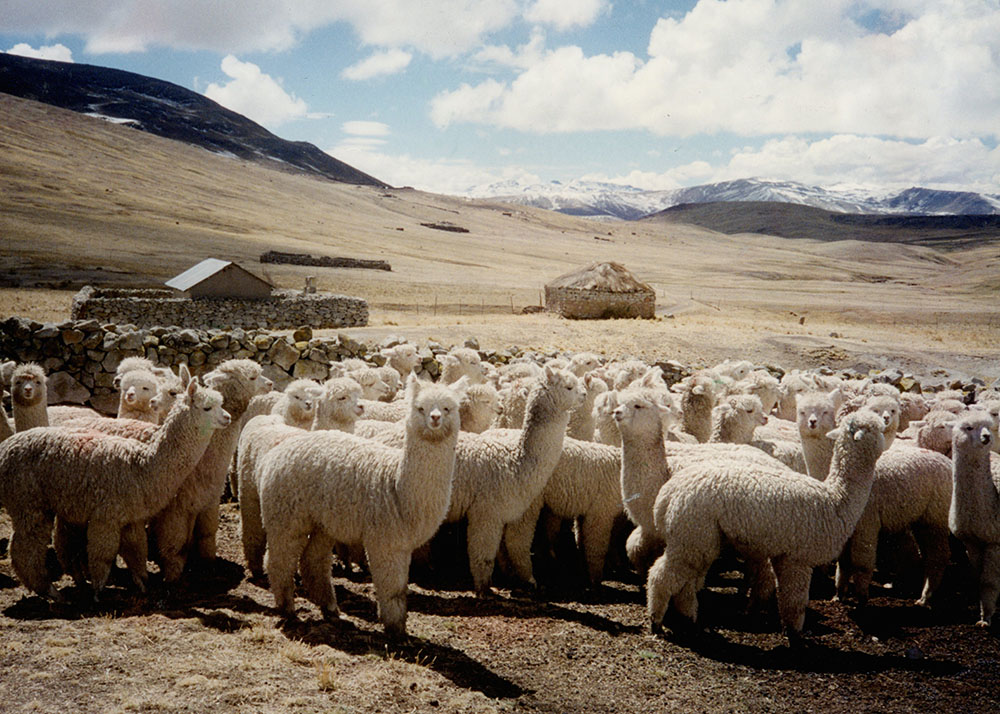Part two of Genetic Change: Rules and Tools focuses on selection intensity. Stay tuned for the next two parts of this series.
Don Julio Barreda culled 10% of his entire herd every year, year in and year out. Culling is the first step toward intense selection within a population.
Selection intensity means being highly selective of the progeny produced by the high-quality parents you have chosen for foundation stock, and retaining in your herd only the offspring that exhibit a superior expression of the heritable qualities for which you are selecting. This ensures that breeding values will remain high and that each generation of offspring should improve.
When deciding which offspring to keep, breeders may choose to select animals scoring in the top 50% on of their EPD’s for a given trait or combination of traits. Later, they may select more intensely, selecting only those alpacas scoring in the top 20% of the EPDs.
The greater the selection intensity, the more rapid the rate of genetic gain. Remember, genetic change or the rate of gain compounds.
Here are the steps an alpaca breeder, at a minimum, should go through. Inspect the alpaca under selection in the following list (no particular order) for the following traits:
- Conformation
- Bite
- Legs (including movement)
- Topline
- Tail
- Size
- Testicles
- Vulva
- Toes
- Ears
- Hernia
- Teats
- Color uniformity (commercial traits)
- Pinto
- Color contamination
- Skin pigment
- Variegation of the same color
- Birthing capacity and success
- Breed type or look
- EPD’s for each trait under selection
 Alpacas not scoring well on the first four categories above should be culled from the breeding program, period.
Alpacas not scoring well on the first four categories above should be culled from the breeding program, period.
From the remaining animals under selection a breeders needs to determine, based on EPD performance, how many they will retain.
In my opinion, under no circumstances should a breeder use a male or stud to breed who does not score better than 90% of the males (by color) in the USA. I would never use any that were not in the top 2% for the traits I was emphasizing most strongly.
In Part 3 we will discuss how genetic variation impacts genetic gain.
